 Took a week off this week just to make sure, you know, all the turkey leftovers were consumed and all the necessary prep chores were done well ahead of winter. To the right is half of the garlic crop as well as the bundle of garlic greens that will be tomato mulch next year. They get replanted soon. Haven’t noticed any particular theme this week but no doubt that quiet is due to the horrors in the Middle East piling upon the horrors in Ukraine. Facing uselessness in the presence of such evil, what do you do? Keep garden and scribbling? Yup.
Took a week off this week just to make sure, you know, all the turkey leftovers were consumed and all the necessary prep chores were done well ahead of winter. To the right is half of the garlic crop as well as the bundle of garlic greens that will be tomato mulch next year. They get replanted soon. Haven’t noticed any particular theme this week but no doubt that quiet is due to the horrors in the Middle East piling upon the horrors in Ukraine. Facing uselessness in the presence of such evil, what do you do? Keep garden and scribbling? Yup.
First up, being October, Pellicle has a timely feature this week by Ariana DiValentino on one of the more venerable and more drinkable pumpkin ales out there, Pumking by Southern Tier of western New York State:
“Pumking should be the brewer’s target for a pumpkin beer,” he adds. Critics and craft beer fans alike echo this, crediting the balance between spicy, sweet, bold, and bitter. Personally, I think it manages to strike a balance in another way: the type of drinker it attracts. Though pumpkin ales are traditionally maligned, there’s something about taking one and turning the volume up to 11 that transforms it into a magnet for craft devotees. And yet, you don’t need to be a beer geek with an encyclopaedic knowledge of hop varieties to appreciate Pumking. You don’t even need to be a beer drinker, really; anyone who likes pie is likely to find the phrase “pumpkin pie in a glass” tempting. Drinkers come for the pie and stay for…also the pie, because in this case, there’s truth in advertising.
Southern Tier was a favourite of mine in the old cross border beer shopping days of ten to twenty years ago. I played a role in bringing their beers into the Ontario market after years of enjoying their range of beers, especially the big ones that led up to Pumking. My first note on Pumking dates to 2009 when a bomber cost you $6.49, well after the after-party. My first pumpkin beer note goes back five years earlier to October 2004 when I bought Post Road by Brooklyn Brewing. But by 2011, unlike what the Pellicle article seems to suggest with the phrase “the nascent hype in the early 2010s“, cracks were already starting to show in the reputation of the long established style. Even the venerable The Atlantic in 2011 questioned their place:
Some beer styles are loved, some are ardently despised, but none is more divisive than pumpkin ales. Those who love them wait all year for their seasonal release; others can’t even broach the subject without foaming at the mouth. “I hate pumpkin beers,” wrote my friend and Washington City Paper beer writer Orr Stuhl. “Even picking a ‘favorite’ — say, Dogfish Head’s — is like picking a favorite airborne illness.”
Hah!! Good one. More timely and far less snippy, Jessica Mason has reported on some new solid data on inflation in the UK’s beer maket ‘Spoons sub-sector:
Using pricing data gathered at every Wetherspoons pub in October 2022 and October 2023 via the pub group’s app, the analysis identified how, currently, the average price of a pint of Carling in a Wetherspoons pub is £3.35. This has increased 11% since Oct 2022, when it was £3.02. According to the findings, 740 Wetherspoons pubs have seen inflation over the last year, 58 have seen deflation, and five saw no price change. Drilling down into the data, the Wetherspoons pubs with the highest inflation rates are The Rann Wartha, Cornwall (42.2%), and The John Francis Basset, Cornwall (42.2%) while the Wetherspoons pubs with the highest deflation rates are The Golden Beam, Leeds (-20.1%), and The Myrtle Grove, West Yorkshire (-19.7%).
I’ve always liked The Myrtle Grove… or at least I would have if I had ever heard of it. And it’s not just in the ‘Spoons. Sucker Juice is always right there begging for your attention:
Brewed independently by the artisans at Freetime Beer Co in Wales, Nothing Beer embraces a minimalist ingredient list; just water, rice, malted barley, hops, and yeast. “As a London-based tech company we are proud to have partnered with another independent British brand in Freetime Beer Co for this launch,” says Ryan Latham, Nothing’s Global Director Brand & Creative. While the limited-edition release (at £20 for a pack of six) is only available in the UK at the moment…
That’s $33 a six. Nuts. Everyone is on the take. Same as it ever was. Except it isn’t. Because inflation is also tied with contraction as Nickolaus Hines explains at the InsideHook:
“…beer as a whole [is] losing out to other alcohol categories, as well as the rise of people who abstain from alcohol altogether… “In plain English, the industry has lost about 30%, or 2.2 million, of its youngest LDA consumers in five years,” Purser said. “This is a pattern, and the current brand crisis has accelerated this broader category concern.”*
Somewhat relatedly in terms of the scramble, here’s a bit of a sad turn from the world of wine which I am quite aware of being replicated in a way in beer, a private financial exchange need to receive a tasting note back from a known beer writer – thus underlining any semblance of the writer’s independence. But in this case, it is the publisher limiting access to the notes issued by a group of critics to those out there who pay 160 Euros. Wine writer Jon Bonné considers the situation thusly:
The fascinating part: This is the first time I can recall anyone has taken a stab at putting a dollar figure (euro figure) on this specific bit of content generation. I won’t say it’s what the market has determined, but it’s what someone thinks the market will bear. It also cuts off at the knees one of the more wobbly arguments of recent years: that these tasting notes and scores are for consumers. Consumers are grabbing bottles from the aisle cap, or checking on the latest orange fad. These are for producers + their agents. If that’s so, then how much more ripping off of the fig leaf is this than the many existing shades of trade-writer clubbiness?
Speaking of wine, the Count Alexandre de Lur Saluces has died… which surely leads each of us to ask “who hasn’t been in this situation?”:
Unknown to the public at large, however, the count owned only 7 per cent of the estate with 48 per cent held by his elder brother and smaller amounts by other members of the extended family. They rebelled against his autocratic behaviour and lack of dividends, which led to an embarrassingly public fight, when in 1996 they agreed to sell majority control to Bernard Arnault, the billionaire owner of the luxury goods conglomerate LVMH. Bitter words were spoken by all sides of the family, with the count declaring “Mr Arnault is financing [other family members] to get rid of me. If he gets hold of this château he will install his fashion models here and start producing a perfume called Yquem!’’
Indeed. And the no doubt well-perfumed Ron’s gone a bit further back, lingering in the early 1970s for a bit this month:
I’m just getting the mixture right between water and dirt to let me have a good old wallow in nostalgia. Or at least, casting a glance back at the past. And hoping no-one is returning my gaze. We were looking at Whitbread’s 1973 set of beers. Time now for the other fermentables: adjuncts and sugar. What should be remembered here is that Whitbread had long been a holdout in the use of adjuncts. Only starting to use them in 1965. Much later than most of their rival brewers. Other than wartime, of course, when they had no choice but to.
For Cider Review, Barry Masterson went a bit further back in time to the Middle Ages of Bavaria to tell the tale of perry’s hayday there:
A chance discovery I made while reading some older articles tracing the ancestry of Austrian perry pear varieties yielded one of the earliest definite mentions of perry in central Europe. The Bavarian-Austrian poet Neidhart von Reuental, probably one of the most famous Minnesänger or minstrels of the period, made a reference to perry in one song. Around 1240, after he had moved from Bavaria to the area near Melk in current day Austria, he added two verses to an existing song, written of course in Middle High German…
A great tale of daring do was set out in Twex this week, a story of inebriated public menace once upon a time in New York City:
In September 1956 after drinking heavily at a bar in New York City, Thomas Fitzpatrick made an intoxicated barroom bet that he could travel from New Jersey to New York City in 15 minutes. At 3 a.m. he stole a single-engine plane from the Teterboro and flew without any lights or radio before landing on St. Nicholas Avenue near 191st Street in front of the bar where the bet was made. The New York Times called it a “fine landing” and a “feat of aeronautics”. For his illegal flight, he was fined $100 after the plane’s owner refused to press charges.
For the double, we have another story of dissent from about the same time – but this time from Belgium:
Never forget how on Nov 16, 1949 a bunch of Belgian students from Ghent took over a fortress and attacked the police with fruit because the city had raised the price of beer. On November 16, 1949, 138 students (including one girl) entrenched themselves in the Gravensteen in Ghent. The battlements are adorned with playful student slogans, while the police and fire brigade are treated to overripe fruit and smoke bombs. The student-like violence can only be contained with the greatest difficulty by the police. The student joke is front-page news in the international press.
And you think you’re a beer evangelist. Pffft! Sadly, such clear-headed thinking, taking on issues head-on does not seem to exist in all quarters:
Paul Leone is the executive director of the New York Brewers Association, and he says craft beer simply isn’t a growing industry anymore. Before 2016, the growth of the industry was 10% year over year. “No doubt there are breweries that are looking to sell, there are breweries that are not going to make it for the long haul, unfortunately, but I would caution people and say that this is a business like any other business,” Leone said. “There are breweries that are no doubt struggling, and there are some that are expanding… We are not over-saturated and there is no bubble.”
I don’t know what to make of that… don’t worry be happy… whistling in the dark? Also not sure how homogenized craft beer culture is across North America. Can we even make generizations about the politics? I would note if pressed (contrary to Jeff’s suggestion that it identifies as left/liberal rather than right/conservative due to the Bud Lite botch of just a half a year ago) that in 2013 this was the results of a study involving a number of prominent breweries, mainly in Colorado – progressive as anything:
Craft beer drinkers tend to embrace healthier active lifestyles as well as exist on the fringe of conformity. This segment typically enjoys riding bikes, walking from place to place, hiking, camping and in general embraces an outdoor lifestyle. Consequently, they frequent places such as Whole Foods, Sprouts, local fresh markets, REI and national parks. Their choice of music is more generational than driven by their consumption of craft beer; most of the brew pubs we visited played indie-pop music like Dave Matthews, Mumford & Sons or Dawes. Our local observations revealed that many craft beer drinkers value independent thinking, counter-culture, progressive politics, creativity, intelligence, an appreciation of art and indie-rock, and witty banter.xxix This definition matches the “hipster” sub-segment of the millennial generation. Craft beer drinkers did not appear to be lazy as they aspire to be accomplished and productive. Craft beer drinkers tend to be more professional than then the blue collar working-class.
And remember: that New Yorker cover is coming up on its ninth anniversary. Still holds up… unlike Mumford & Sons. I am more in alignment with Jeff’s post this week, “The State of Beer Education” or at least the conclusion:
…as the everyman (everyperson) drink, most people feel comfortable ordering and drinking it without deep engagement. What makes it so popular is the very thing that leads to incuriosity. I have reconciled myself to this reality and, on balance, I think it’s a good thing. Beer is wonderful because its accessibility enables it to be the mass social beverage. That requires a simple, unfussy product.
I like that. But I don’t fully buy the route he gets there. Let’s be honest. Beer as a subject for an education just does not attract all that much actual independent study or scholarship other than perhaps in the bio department. Resulting titles are a bit overblown, newbie guides are praised as if they are a thesis while actual thoughtful writers are still refused footnotes by publishers. There isn’t even anything as detailed and complex as the popular annual guide for consumers published under Hugh Johnson‘s name but long overseen by Margaret Rand. [Get yourself a copy.] And too often beer courses are often proprietary, without a published syllabus or independent peer reviewing in any true academic sense. And beer (sorry to break it to you) is simply not “every bit as complex and nuanced as wine“* – especially in these days of adjunct focused, easy-to-please kettle sours and fruit sauce variants. But do you care? No! As Jeff says, the best of the many beer courses you can take online or at say a community college are very helpful entry points especially for ambitious brewery and bar staff but it is self guided study that creates the best education you can gain – whether with wine or with beer. On you way! Hit the books. If that’s your thing. If not, have a beer.
And… there are still no drunk elephants stories for Stan again this week. Just a drunk monkey on the loose in Indianapolis which… makes one wonder whether this is really news:
A monkey named Momo is on the loose in Indianapolis — and one neighbor reported seeing the simian sipping a beer. Indianapolis Metropolitan Police Department said Momo escaped from his owner’s home in the Ironridge Court area of the city’s east side on Wednesday and was subsequently spotted the Gate Drive neighborhood, about a quarter mile away. Police said they were unable to confirm whether Momo has bitten anyone while on the loose.
What the hell kind of good is a “monkey on the loose!” story if there isn’t any biting?!?! Fine. That’s it. As per always and forever, you can check out the many ways to find good reading about beer and similar stuff via social media and other forms of comms to connect. I have an update on the rankings. TwitterX is now really starting to drop in the standings. I am actually deleting follows there when I find strongly established mirroring accounts set up by favourite voices elsewhere. Now, for me Facebook is clearly first (given especially as it is focused on my friends and family) then we have BlueSky rising up to sit in a tie with Mastodon then the seemingly doomed trashy Twex hovering somewhere above or around Instagram with Threads and Substack Notes really dragging – and that deservedly dormant Patreon presence just sitting there. Seven apps plus this my blog! I may be multi and legion but I do have priorities and am getting them in a row. All in all, I still am rooting for the voices on the elephant-like Mastodon, like these ones discussing beer, even though it is gardening Mastodon that really wins:
Alan McLeod | A Good Beer Blog (… me…)
Stan Hieronymus | The Man!
Boak & Bailey | The B² experience
Curmudgeon Ale Works | Jonathon is Brewing
Katie Mather | Shiny Biscuit and Corto
David Jesudason | “Desi Pubs” (2023) author
BeoirFest | They say “Let’s Talk Beer”
Ron Pattinson | The RonAlongAThon Himself
Al Reece AKA Velky Al | Fuggled
Jennifer Jordan | US hops historian
Andreas Krennmair | Vienna beer and lager historian
Beer Ladies Podcast | Lisa Grimm and colleagues
The Bar Towel | Toronto’s chat zone for beer lovers
Chicago Beer Society | Folk in Chicago getting social over beer
Jay Brooks | Brookston Beer Bulletin
Joe Stange | Belgian beer expert, beer magazine editor
Cider Bar | Barry makes Kertelreiter cider
Laura Hadland | CAMRA historian and beer writer
Brian Alberts | US beer historian
Jon Abernathy | The Beer Site
Maureen Ogle | US Beer Historian
Lars Garshol | Norwegian Beer Historian and Kveik Hunter
James Beeson | Beeson on Beer
Carla Jean | MAINER!!!
Thandi Guilherme | Beer Ladies Podcast Co-host
Lisa Grimm | Beer Ladies Podcast Co-host
Roy of Quare Swally | Beery ramblings from Northern Ireland
Rob Talksbeer | Podcaster and Youtuber
Anthony Gladman | UK Drinks Writer
Jeff Alworth | Manna Of Beervana
Northwest Beer Guide | Fairly self explanatory… but not NW Latvia…
Evan Rail | Prague based GBH editor, freelance writer, NYT etc.
Todd Alström | 50% of the Alströms
Jacob Berg | Beer talking librarian
Anyone else? And, yes, we also check the blogs, podcasts (barely!) and even newsletters to stay on top of things (though those things called “newsletters” where 1995 email lists meet the blogs of 2005 may be coming to an end of value… if the trend with so many towards the dull dull dull means anything… Lordy… it’s not my place to say but there’s at least two that seem think you still get paid by the word…) including the proud and public and certainly more weekly recommendations from Boak and Bailey every Saturday and Stan at his spot on those Mondays! Get your emailed issue of Episodes of my Pub Life by David Jesudason on many Fridays. And Phil Mellows is at the BritishBeerBreaks. Once a month, Will Hawkes issues his London Beer City newsletter and do sign up for Katie’s now much more occassional but always wonderful newsletter, The Gulp, too. Ben’s Beer and Badword is back with all the sweary Mary they can think of! And check out the Atlantic Canada Beer Blog‘s weekly roundup. There is new reading at The Glass. Any more? Yes! Check to see the highly recommended Beer Ladies Podcast. That’s good. And the long standing Beervana podcast . There is the Boys Are From Märzen podcast too and check out the travel vids at Ontario’s own A Quick Beer. There is more from DaftAboutCraft‘s podcast, too. All About Beer has introduced a podcast…… but also seems to be losing steam. And there’s also The Perfect Pour. Plus follow the venerable Full Pint podcast. And the Craft Beer Channel on Youtube soon celebrating a decade of vids. And remember BeerEdge, too, and The Moon Under Water… if you have $10 a month for this sort of thing… I don’t. Pete Brown’s costs a fifth of that. There was also the Beer O’clock Show but that was gone after a ten year run but returned renewed and here is the link!
*Phillies v. Braves fourth inning update!
**It is an observation often paired with “I don’t know much about wine…” (Update: A point Jeff later sorta took pains to illustrate.) Sure, there are many excellent examples of fine and facinating beers but only a fraction of those found in good wine. Why? Vintages for one. In the twenty years since my first pumpkin ale, each decent winery has put out twenty versions of the same one wine and each winery puts out any number of wines. And then each one changes usually beneficially with understood time frames. There is so much to explore. Beer aging is now often sort of a joke – when it isn’t a source of familial accusation and humiliation!


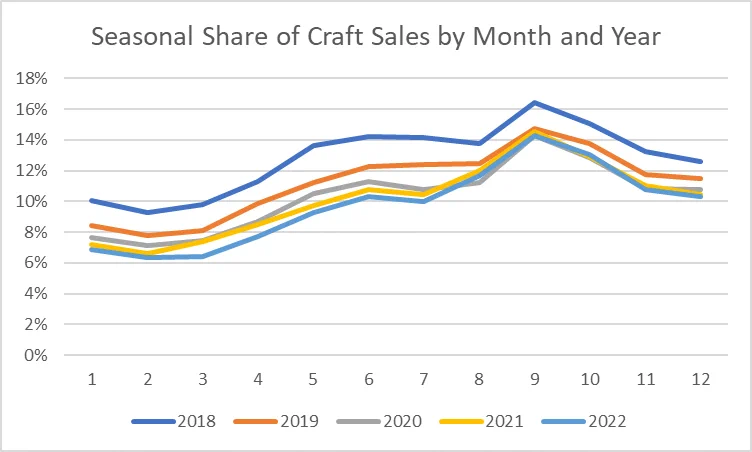

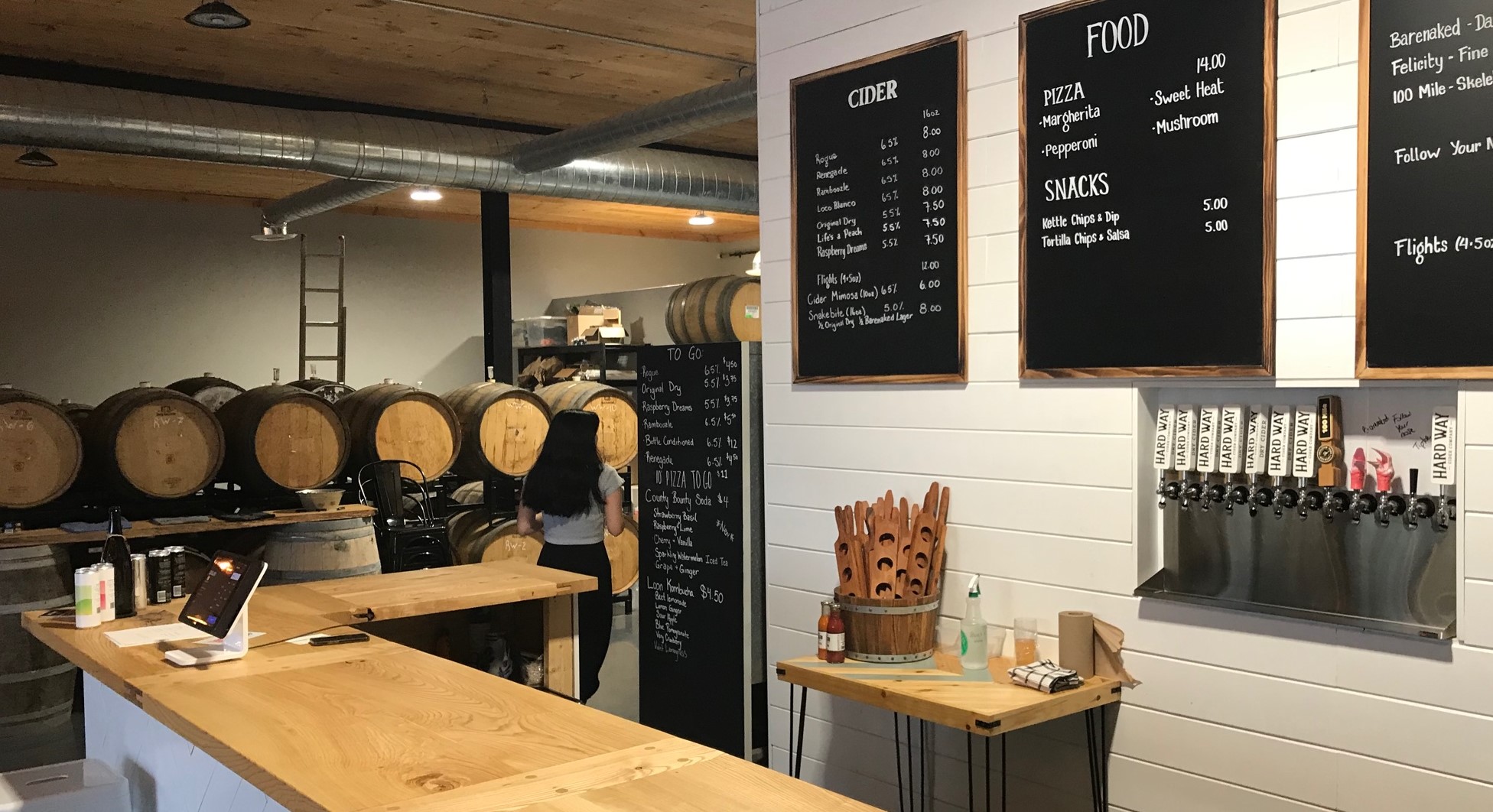
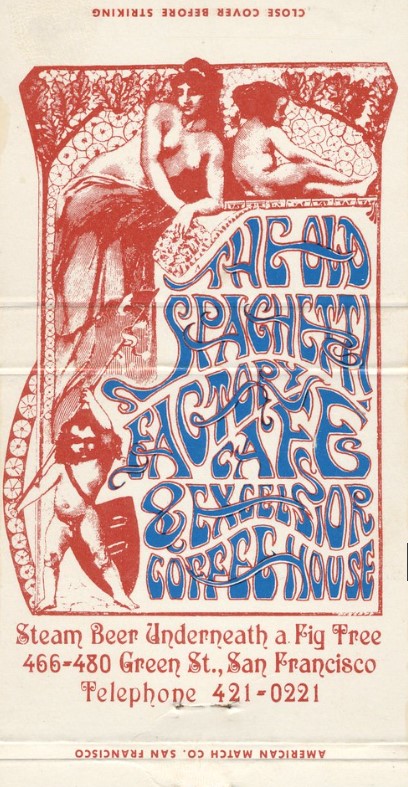



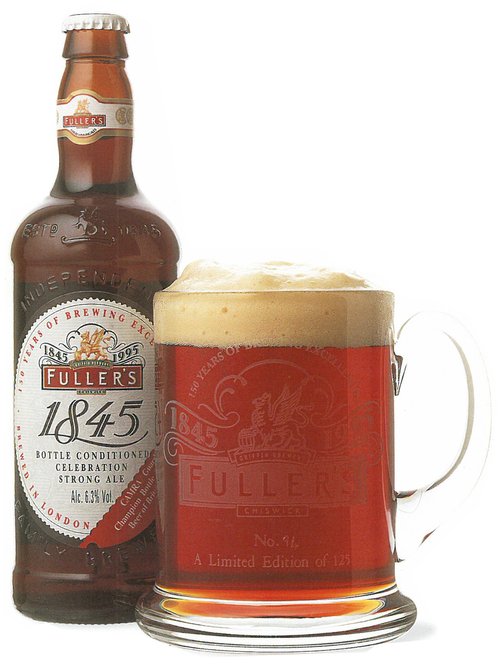



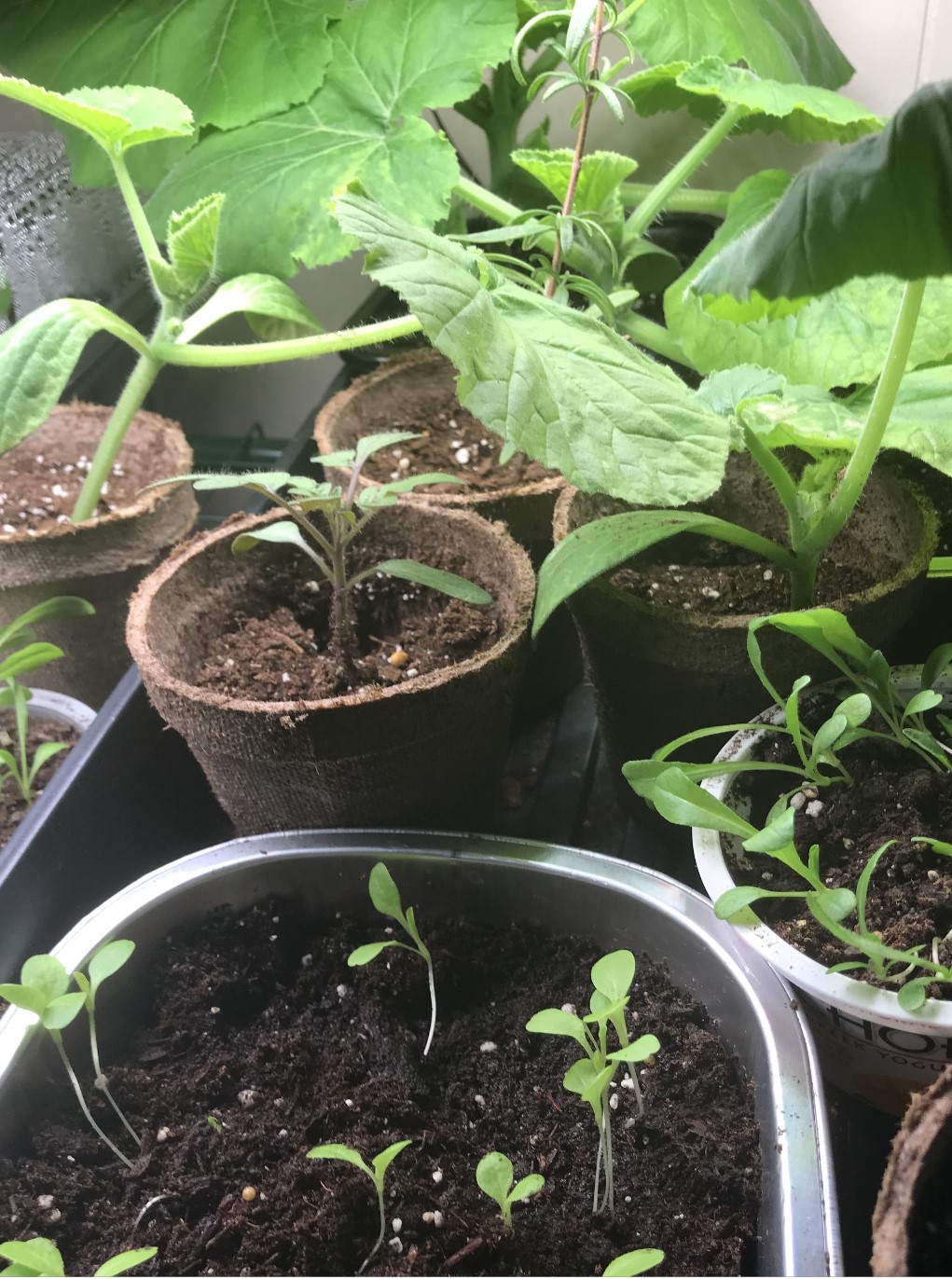



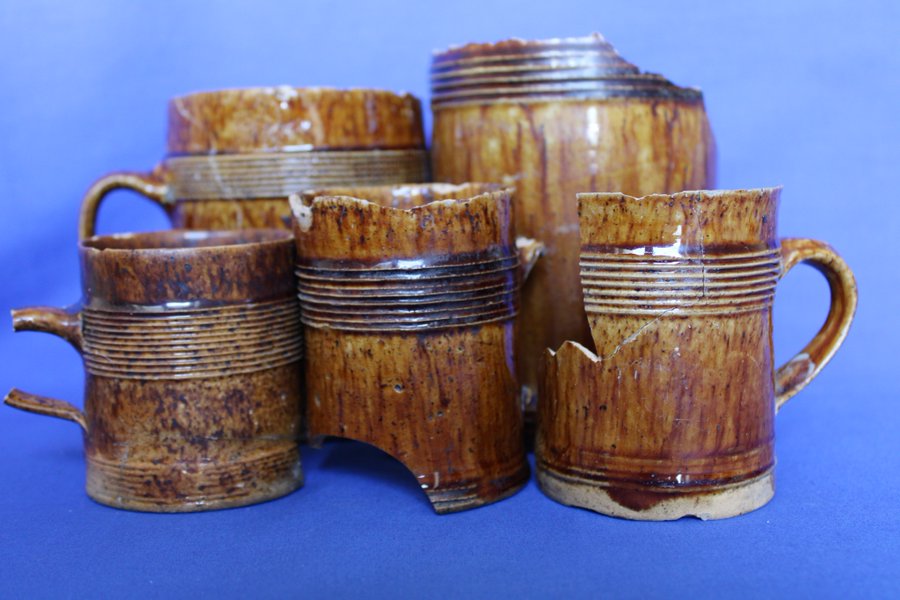

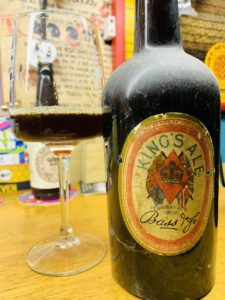 The autumn leaves are a ways off falling but the time is coming fast. We have had nothing but great grass growing weather in these parts so more with the mowing than action with the rake so far. And as we say goodbye to saying goodbye
The autumn leaves are a ways off falling but the time is coming fast. We have had nothing but great grass growing weather in these parts so more with the mowing than action with the rake so far. And as we say goodbye to saying goodbye